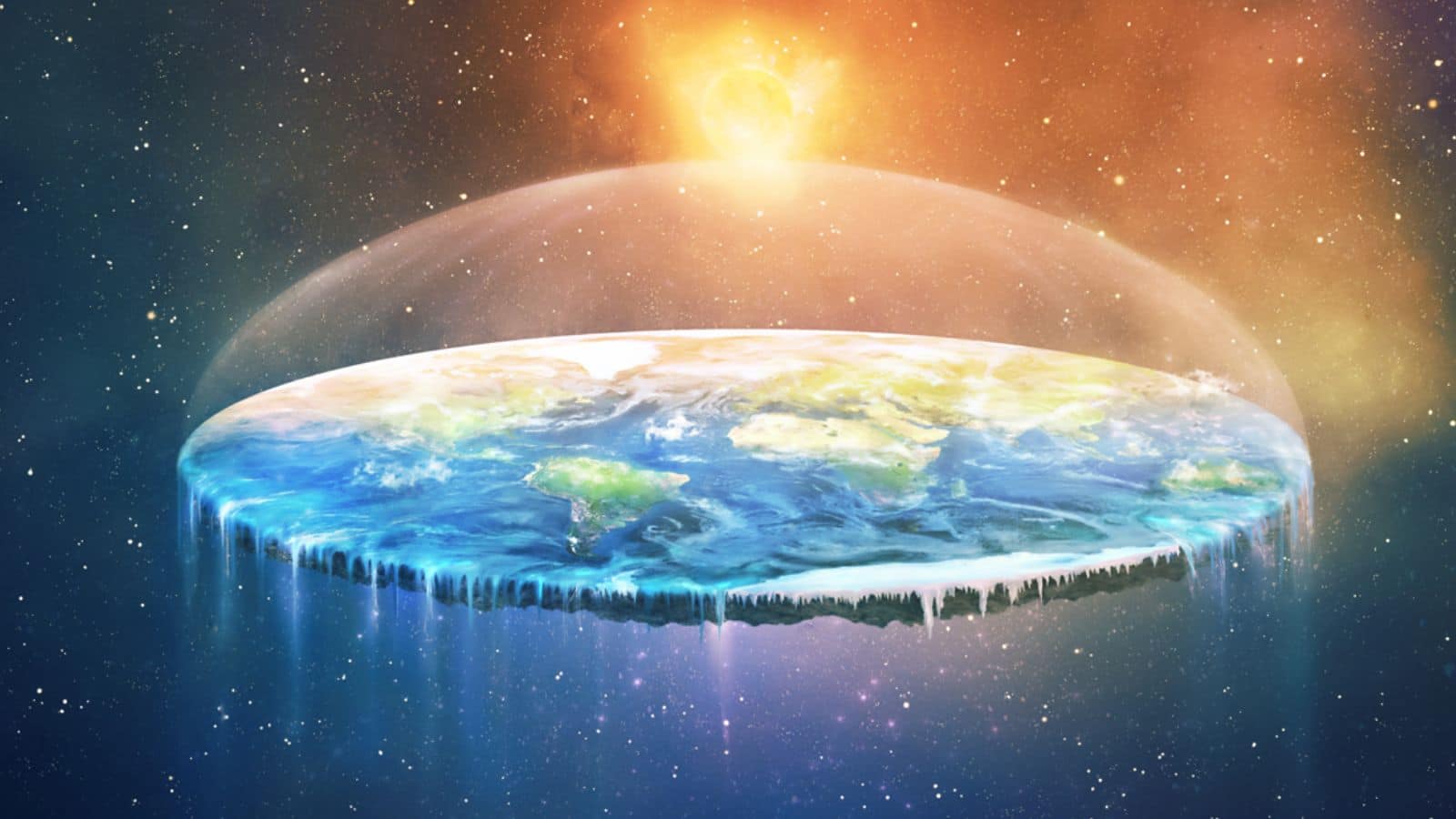Science does an excellent job explaining many of the things humans encounter, but there are limitations. There are times when science tells the masses one thing, and they believe it to be true, only to find out that it isn’t. Science is a useful tool for discovery. That doesn’t make it foolproof, however, nor does it mean that, as humans, people can be fooled pretty easily. These are instances where science got it wrong.
The Earth is Flat
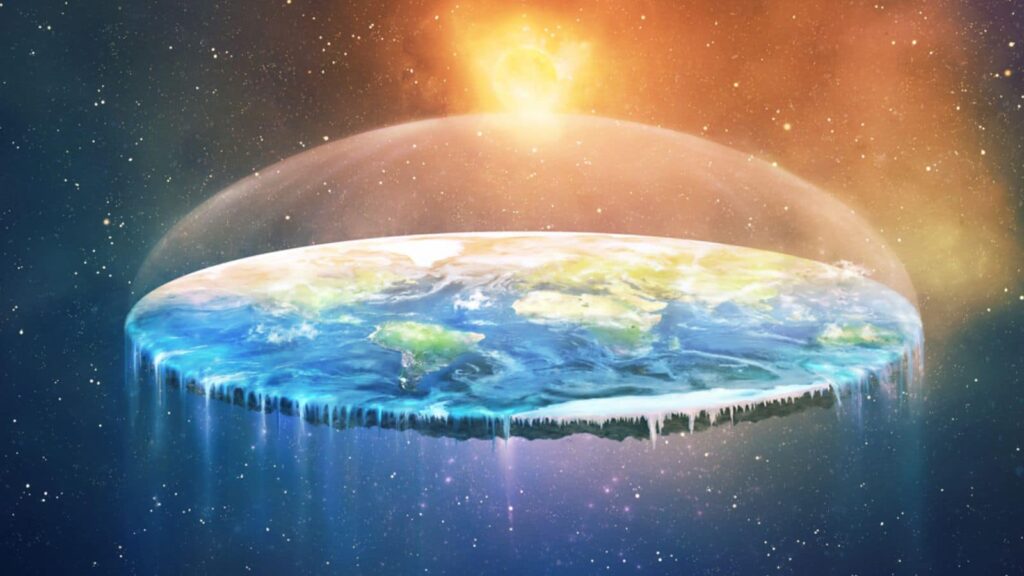
Before we could see the world from above, it was commonly believed that the Earth was flat. There are still some people today who believe that the Earth is flat. They believe that the notion of it being round is just a conspiracy theory.
The Humoral Theory

It was once believed, according to Western Medicine, that humans had four different liquids that made up the human body. Those liquids were black bile, red or yellow bile, phlegm, and blood. Doctors and science at large thought that health was based on how well the liquids were balanced in the body.
Phlogiston Theory

Before rust and burning processes were understood and studied, scientists believed that a flammable source had to contain something called Phlogiston, and it was responsible for a substance-eating fire. The original science was introduced by Johann Becher as far back as 1669. The theory was widely believed until Antoine Lavoisier used scientific experimentation to uncover the truth.
Recapitulation Theory
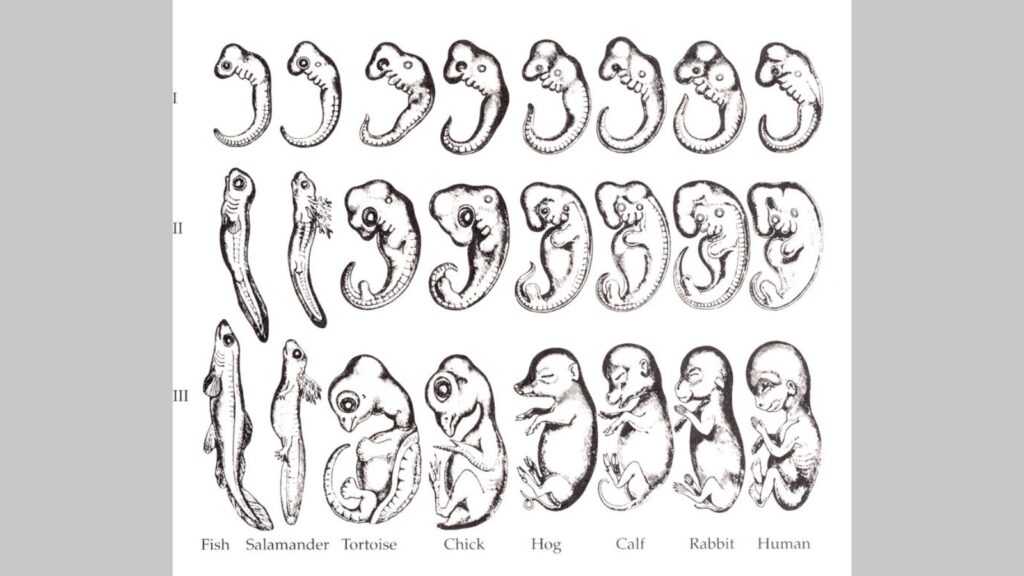
Pre Darwin's theory, Johann Friedrich Meckel convinced the scientific community that human embryos had gills. His theory was based on the notion that human beings have gone through different stages of development. These stages all correspond to a species that is inferior. Most of what he introduced has been proven untrue, including the fact that embryos have gills.
Eugenics
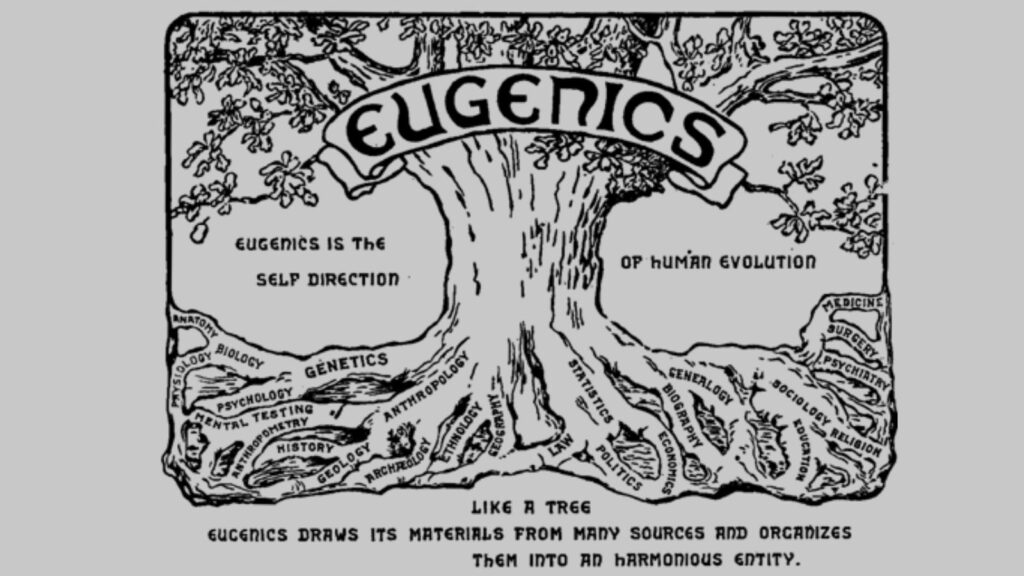
Eugenics used to be a theory about how to improve inheritance that was largely based on racial bias. The theory believed that the only way for the human race to survive was to eliminate undesirable humans before they could procreate. The science was based on white supremacy and has since been disproven and seen with the racial bias that it was based on.
Life on Mars

In 1996, David Mckay and other NASA scientists uncovered that they had found evidence that there was life on Mars due to a meteor uncovered from the planet. The rock examined was said to have chemical compounds that highlighted the existence of bacteria dating back 3.6 billion years. The claim was later disproven because chemical compounds of similar makeup were found on inhabitable planets such as the moon.
Phrenology
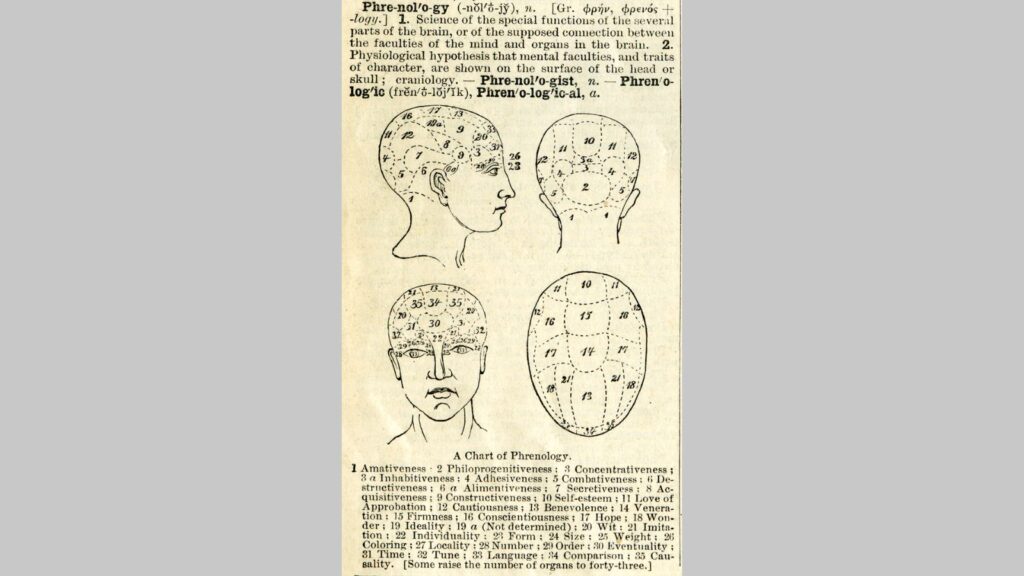
The theory of Phrenology was once considered science but now is what we term pseudoscience. Phrenology is the study of how the human skull was comprised of different proportions. Those proportions were thought to be linked to various personality traits. Since the brain is a muscle, scientists believed that each person’s brain grew differently. The result was bumps that would be uniquely designed according to a person’s personality.
The Blank State

The Blank Slate is a psychological theory proposed by John Locke in 1689. It theorizes that every individual is influenced by both their perception and environment. Since it discounted the role that familial traits and genetics play in forming a psychological profile, it has since been disproven.
Luminiferous Ether
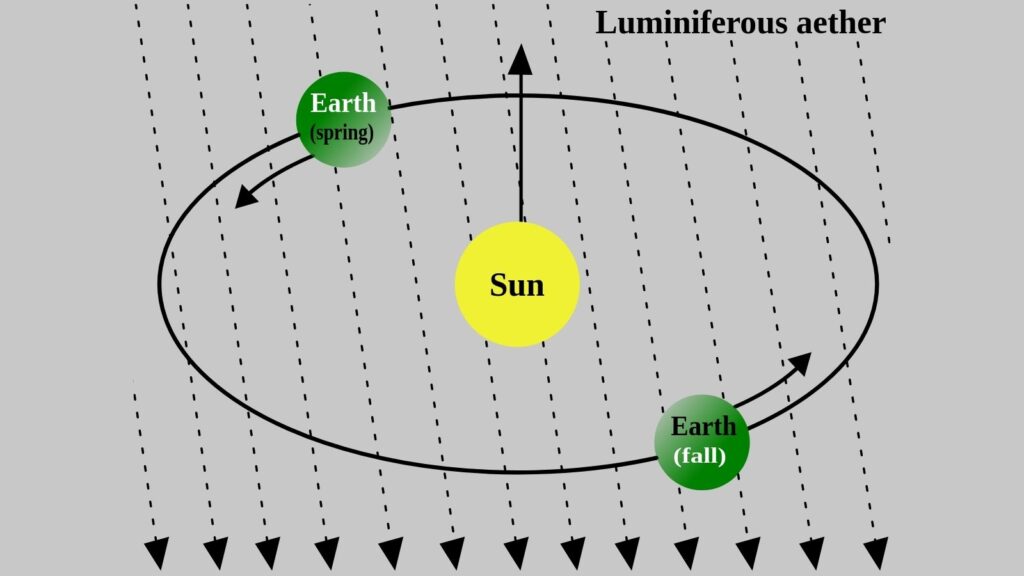
In the 19th century, the theory of Luminiferous Ether was widely accepted. It maintained that the electromagnetic waves that pass through space use a mysterious substance, similar to how sound travels through the air. Ether, such a substance, described as without weight, transparent, and had frictionless properties that cover everything in space. The theory has since been rejected due to a reexamination of how light travels.
Pluto as a Planet
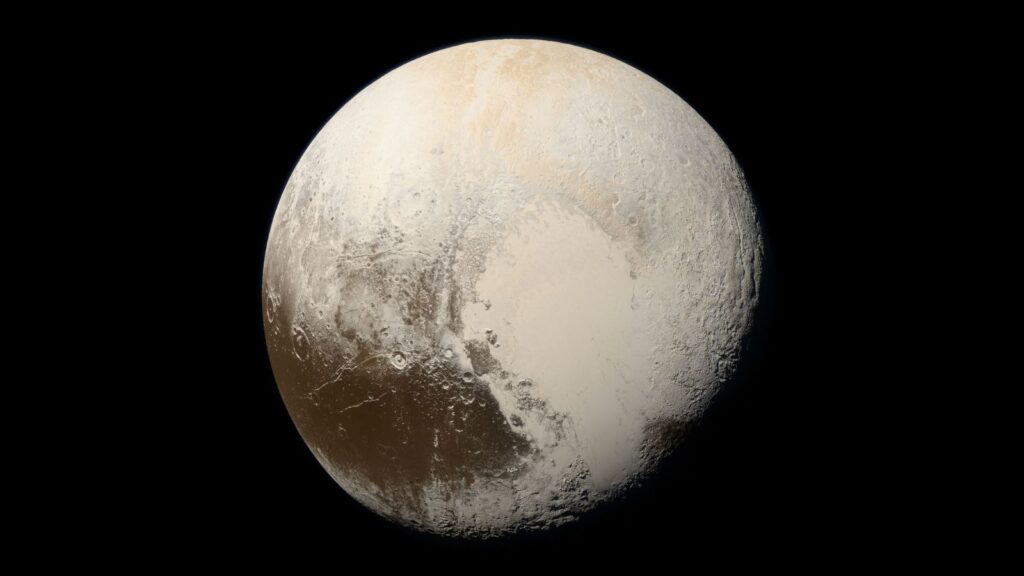
It was once highly believed that Pluto was a planet. The International Astronomical Union, however, downgraded Pluto to be a dwarf planet because it did not meet the full criteria to be classified as a “full” planet due to its size.
How Old the Earth is

The American Museum of Natural History reported that in the 19th century, the science community believed that Earth was only about six thousand years old. The theory was based on religious scripture and the Bible mixed with actual science. Thanks to real science intervention, humans now know that the Earth is approximately a shocking 4.54 billion years old.
Ptolemaic System
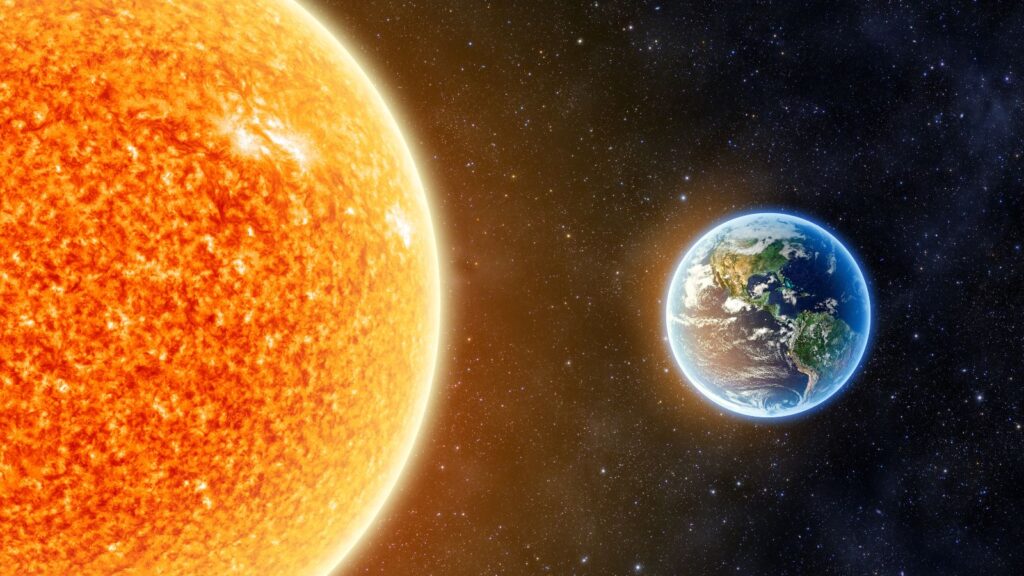
Scientific mathematician Ptolemy claimed that Earth was the center of the universe, whereby the sun, planets, and moon circle. It was not until the 16th and 17th centuries when Kepler’s Laws and the Copernican system debunked the theory and proved that the Earth was not at the center.
The Tongue Map
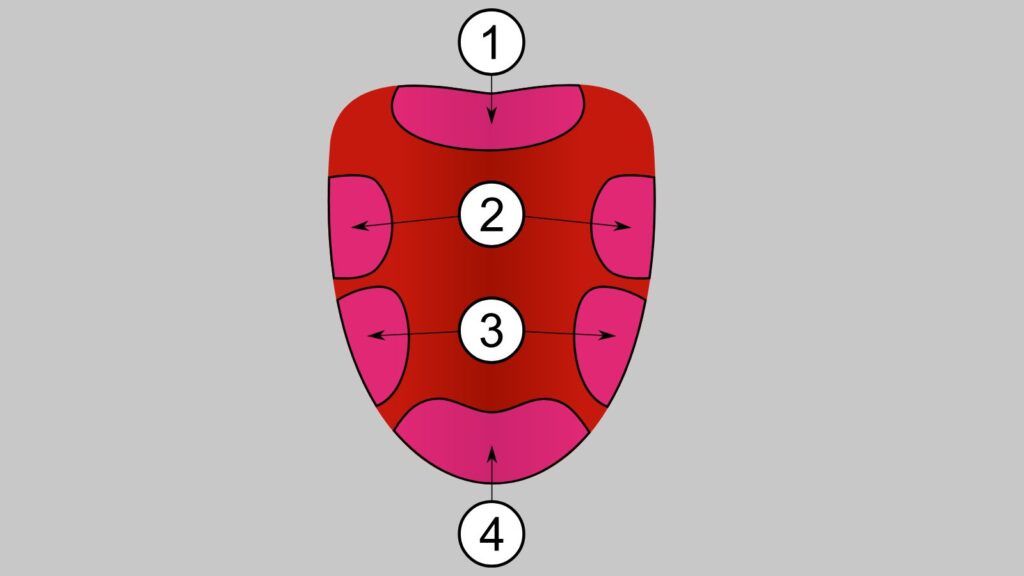
It was once believed that the tongue had a map, and on that map, different areas corresponded to various types of taste buds for different tastes such as salty, sweet, bitter, etc. The map was proved incorrect a long time ago. The receptors for taste are randomly located all around the tongue, and therefore, there are no maps of particular tastes as once believed.
Cold Fusion

In 1989, Martin Fleischmann and Stanley Pons claimed that they had used cold fusion in an environment that was room temperature. According to their report, they were able to do this by using electrolyzing deuterium oxide, thereby producing an enormous wave of energy. No other scientist in history, however, has been able to replicate the experiment, and the theory has since been proved incorrect.
The Design of Earth

James Hutton, back in the 18th century, was a geologist who claimed that the Earth was perfectly designed as a habitable world due to rock unconformities and granite veins theory, both of which were proven untrue. Although it was based on the wrong premise, the theory was held wrongly until just recently.
The Atomic Theory
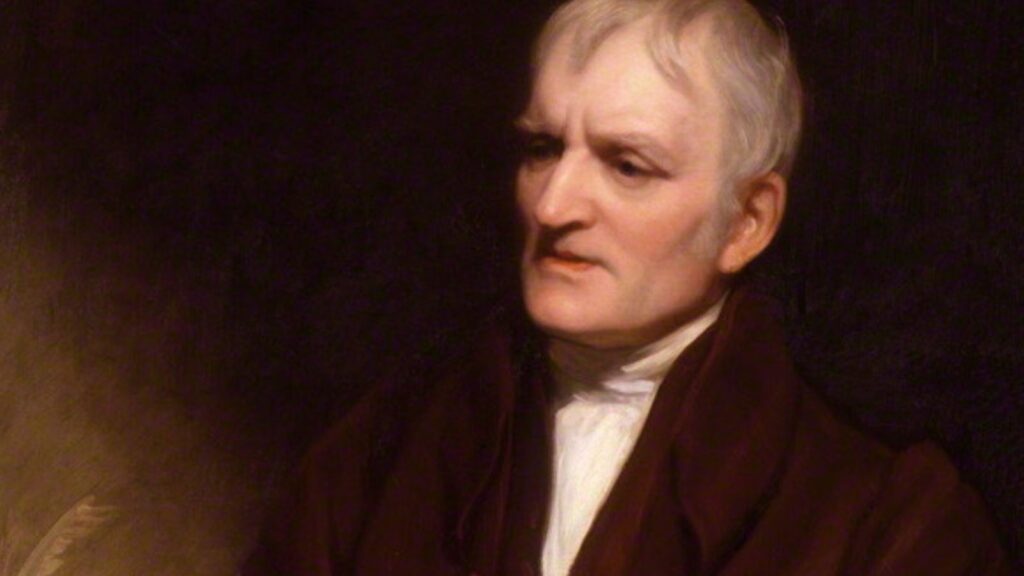
There have been many ascertains related to atoms and the theory of their existence, but Sir Dalton’s Atomic Theory was the one that most scientists believed. Dalton, however, based the Atomic theory on the law of constant composition and the law of conservation of mass and claimed that matter is all made from invisible atoms. He continued that atoms of an element match the mass and properties identically. Although his theories were proven incorrect, they did lead to further experimentation and scientific advances.
Piltdown Chicken

In China in 1999, a fossil was uncovered and it was the start of something called the Piltdown Chicken theory. The particular fossil displayed a dinosaur figure that had a birdlike plumage. The fossil led the scientific community to conclude that dinosaurs were originally evolved from birds. The fossil was discovered as a hoax, however, and the theory was discarded.
Humans Have a Need to Make Sense of the Earth
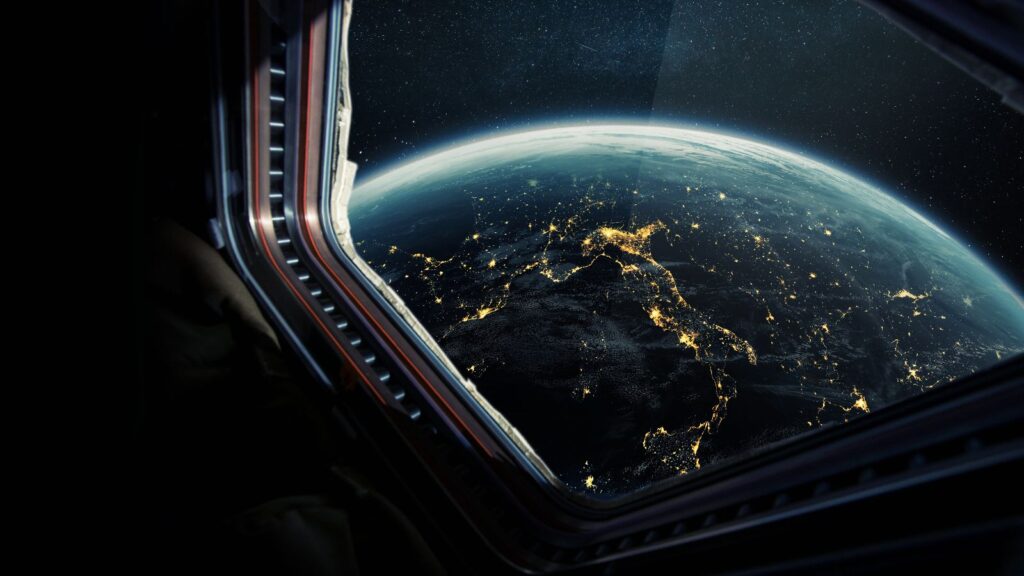
Many things that humans accept as fact in the scientific community can be suddenly overridden thanks to the advancement of science. Humans need to explain things around them to make sense of the world, but that doesn’t necessarily mean that they can’t get things wrong every once in a while.
30 Traditional Sayings That Are Now Considered Offensive by Woke Culture

30 Traditional Sayings That Are Now Considered Offensive by Woke Culture
21 Habits Often Associated With Having a Lower Social Status

21 Habits Often Associated With Having a Lower Social Status
25 Social Issues Gen Z are Determined to Cancel

